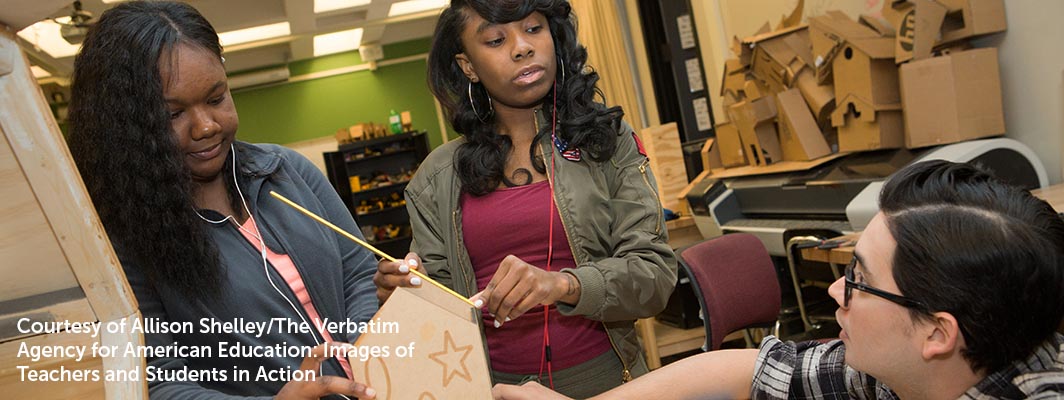This article originally appeared on Usable Knowledge from the Harvard Graduate School of Education. Read the original version here.
For more than a decade, establishing partnerships between schools and outside organizations — education-related nonprofits, community centers, colleges, or athletic and arts organizations — has been seen as a key way to address the obstacles and lack of opportunities many students face. A literacy nonprofit might send volunteers into a school with low reading scores, or a local YMCA might invite teenagers from a poor community to its afterschool program. If schools and families do not have the resources to help their students, the theory goes, then the community can fill in the gaps.
The reality, though, is that these partnerships are more likely to exist with schools that are better resourced to begin with, according to research by Ebony Bridwell-Mitchell, an expert in school policy and leadership. In some circumstances, these partnerships actually worsen the inequities between schools, by providing more supports to schools who are less in need of them.



